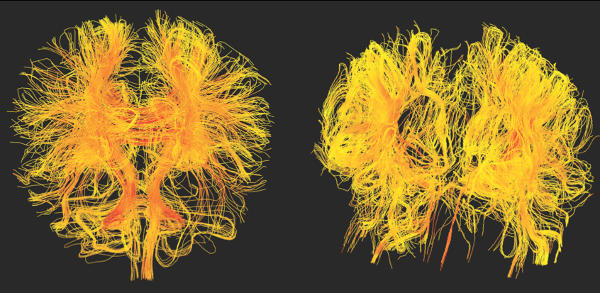The Missing Kingdom: Why Fungi Must Be Central to Conservation Strategy
28 December 2025
Published online 27 February 2017
Researchers describe a new developmental syndrome in which brain hemispheres fail to connect.

The discovery came through a stroke of luck while researchers were investigating the genomes of Middle Eastern families with autism. They had included patients with brain malformations as a control group, and Timothy Yu of the Division of Genetics and Genomics at Boston Children’s Hospital, USA, noticed that two brothers in this group had mutations in DCC, a gene involved in guiding neural development1.
“It was really exciting when I saw the mutation in DCC — a reunion with an old scientific friend,” says Yu, who studied the gene in roundworms as a graduate student in the 1990s. “At a symposium nearly 20 years ago, I had to explain to an audience full of parents and paediatricians how this really elementary work might relate to their children and patients with autism and ADHD. I talked about how one day we may find that the fundamental mechanisms controlling the wiring of neural circuitry could be disrupted in human neurodevelopmental disorders, too — but it was all theoretical. Finding the complete knockout now feels like it completes the circle.”
The team, which included researchers in Saudi Arabia and the UAE, then searched for more patients with similar symptoms. Screening the genomes of the additional patients also revealed mutations in DCC, and an MRI showed disorganized neural bundles and missing connections between the two brain hemispheres. “The imaging, plus other findings in our patients, demonstrates that the left and right halves of the brain lack the structures necessary to talk to one another — effectively splitting it into two separate halves,” explains Saumya Jamuar, the study’s lead author.
Earlier studies have linked a movement disorder to inheriting a defective copy of DCC from one parent, but this is the first report of the consequences of a full knock-out. The researchers are continuing the search for patients with similar symptoms who might have mutations in the same genetic pathway, and hope that their findings will also help guide research in patients with only a subset of the symptoms.
doi:10.1038/nmiddleeast.2017.38
Stay connected: